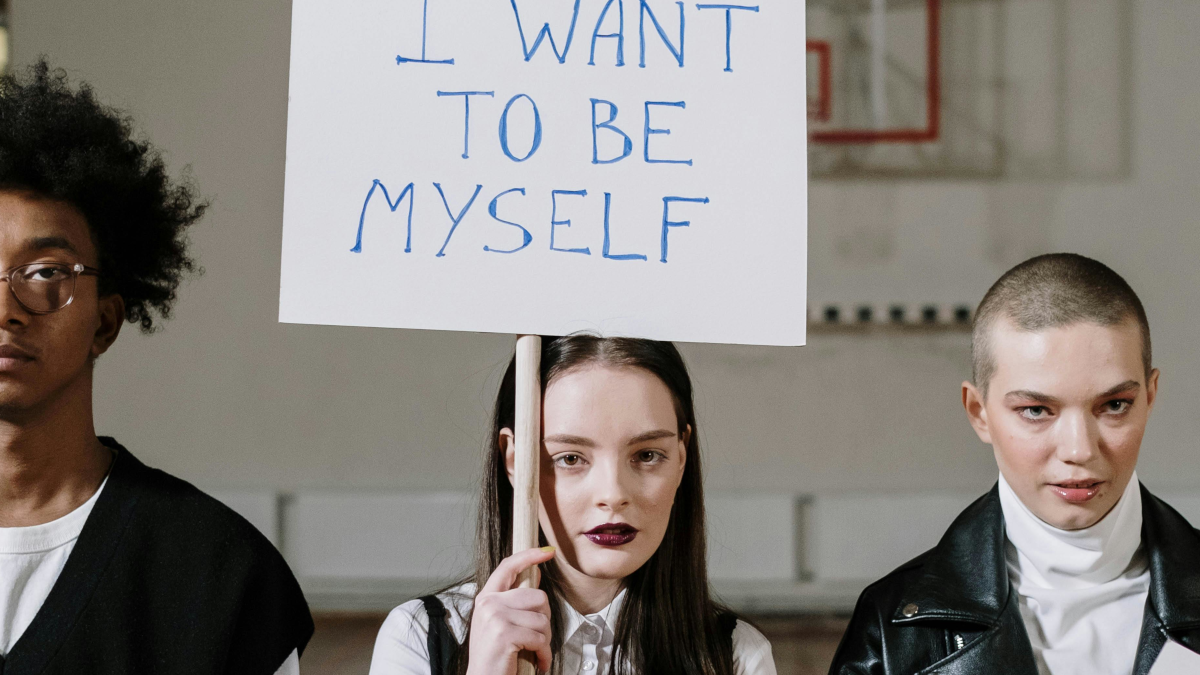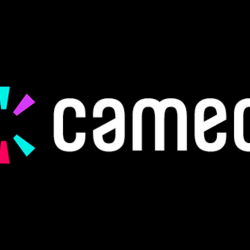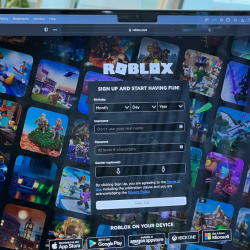With less than a month to go, the election battle is heating up fast. And this year, traditional campaigning is taking a backseat. The focus is on the political parties’ performance online, and their ability to connect with Gen Z. The battle for these votes will be fought on social platforms, and that’s an arena political parties are only just starting to explore.
With just a few weeks to woo voters, they need to find their feet quickly, and the biggest budget doesn’t necessarily translate into the most votes. It’s not just about the tactics, but the message and delivery too.
Finding Gen Z
Over eight million members of Gen Z are eligible to vote in this election. This is an attractive target for any party, but engaging with them means rewriting the rulebook of political campaigning. With 60% getting their news from social platforms over traditional media, it’s clear that if you want to talk to Gen Z, you have to get social. And parties have been quick to ramp up their activity. In the first week of campaigning, Labour emerged as the big spender, dedicating around £850,000 to Google/YouTube and Facebook.
Both parties have also been taking their message to TikTok, testing different content styles with varying degrees of success. With political advertising banned from the platform, the focus is purely on content, the good and the bad. While it’s clear that having a presence on the core social platforms is vital for reaching younger voters, that alone is not enough.
They must be authentic to the style of the platform and true to the audience’s preferences and expectations when it comes to content.
Gen Z’s bullshit detectors will be tuned up high, and the parties’ marketing teams need to focus on quality over quantity and put making authentic connections to the heart of their outreach. The who, what and why matter.
Educate and entertain
What kind of content resonates with Gen Z? There’s no easy answer. While platforms like TikTok are primarily used for entertainment, that’s not all. Almost a third of young adults get their news from TikTok and 40% use TikTok and Instagram as their primary search platforms over traditional search engines.
Creating moments that go viral seems to be the goal of parties this election, with Labour currently in the lead with its viewership numbers. But while viral videos can have a high impact, knowing what will be a hit with the masses is not easy. And they come with risks — you don’t want to go viral for the wrong reason. At the same time, politicians shouldn’t assume that the only election content young people care about is memes and funny videos.
They have the same need for information about electoral pledges and policies as older voters — often more so. The information shared needs to be simple, jargon-free and focus on the policies that matter to them, even if they are not on top of the official agenda. Top political issues for young voters include the economy, housing and the environment.
But other topics, such as drug testing at festivals or the closure of nightclubs and live music venues, open doors to new communities and conversations where political messages don’t normally feature.
For Gen Z, by Gen Z
But to get it right, delivery is key. Rishi Sunak breaking into your usual ‘politics-free’ feed to outline his new policy sounds off and looks out of place. Worse, it’s unrelatable.
You can throw in standard TikTok visual effects, but it can’t disguise the fact that it’s a 44-year-old politician trying to engage with an audience he does not understand on a platform he’s not yet comfortable with.
Explainer videos are useful, but that information needs to be peer-generated to give it credibility. Platforms like TikTok are so popular with Gen Z because they want stories told to them by people like them. It’s not surprising that they trust people like them nearly twice as much as mainstream media.
Who is telling the story matters as much as the message.
That’s why both parties are keen to get influencers onboard, with Labour appointing a dedicated employee to manage influencer relations back in April. It’s a way of outsourcing authenticity and tapping into pre-existing engaged communities, something most parties currently lack. Influencers can also help find new ways to bring the message to life, that might instantly seem inauthentic if attempted by the politicians.
Recognising the role influencers can and do play in campaigns requires a mindset change. Politics isn’t boring, so there’s no reason why the messaging should look and feel boring. When you are up against content that is designed and optimised for the platform, simply repurposing your message to a new medium won’t do. If you want these voters to engage, you have to put in the work.
Beyond the election
As election day draws near, we are sure to see a few more TikTok fails, viral clips and interesting stats on how the final ad spend has been distributed between platforms.
This election is an opportunity to show that the parties understand Gen Z and what matters to them. Having a credible online presence is vital to this, but achieving it takes skill; this audience doesn’t respond well to bullshit, no matter which political label it carries.
Don’t patronise, but don’t assume knowledge. With this generation, authenticity is everything. The youth of today will grow up to be the taxpayers of tomorrow. It’s not just about getting on Gen Z’s radar for this election. It’s about demonstrating you have what it takes to stay with them for years to come.
Featured image: cottonbro studios / Pexels































